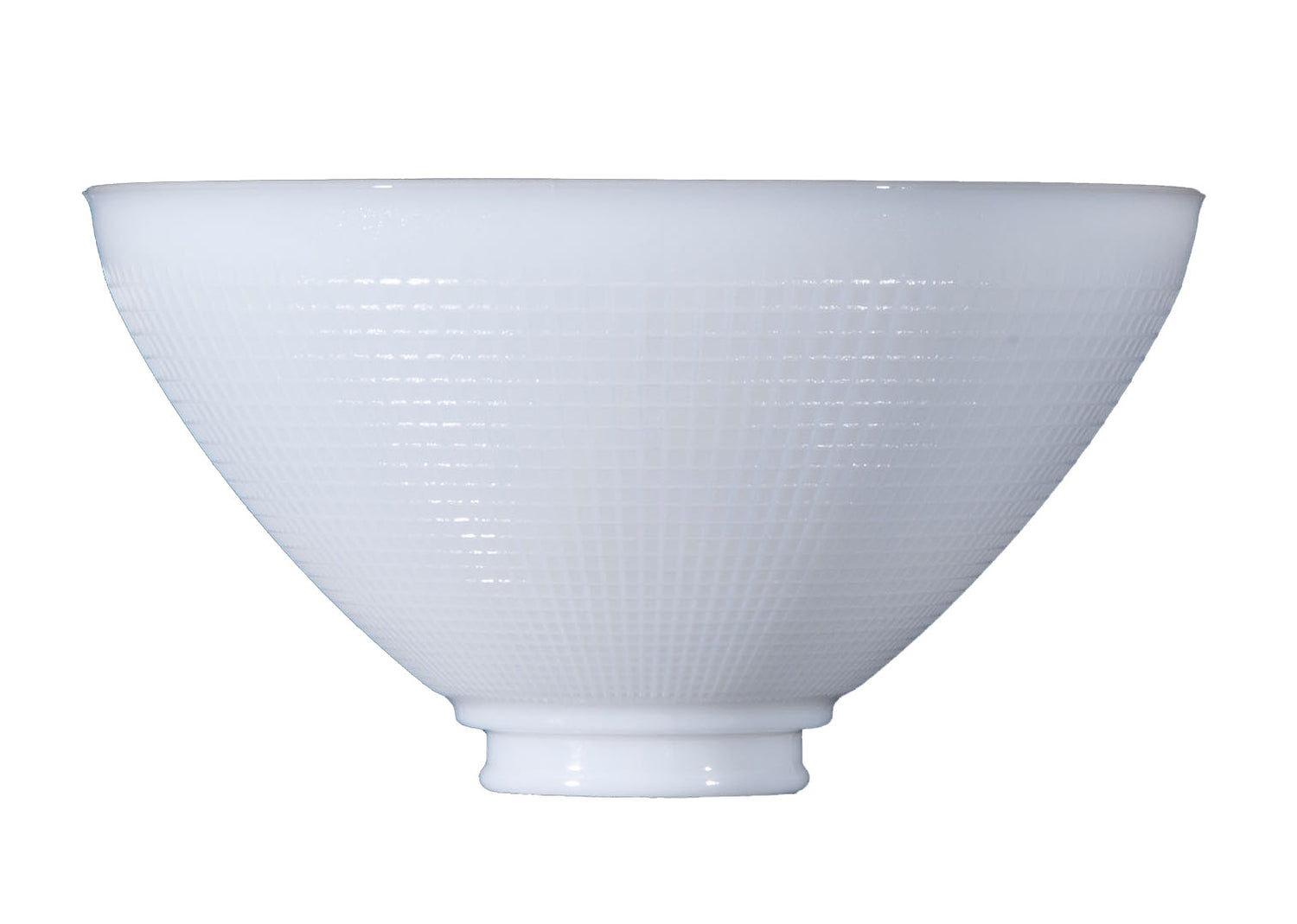Antique Light Bulb Brightness
There's nothing quite like the charm of an antique lamp. Collectors and design enthusiasts are always looking for a good bargain on lamps at yard sales, estate sales, flea markets, and other venues. Although many of the antique lamps you see today are compatible with energy-efficient bulbs, most people prefer the warm, atmospheric glow of an old-fashioned light bulb. You will likely find these squiggly, vintage bulbs in bars, cafés, restaurants, and other places that want to sustain a spectacular atmosphere. Yet, we find that many people are disappointed by the brightness provided by these bulbs.
Antique vs. Reproduction Bulbs
Whether you are redecorating your home or looking for a way to create more ambiance, antique light bulbs are a delightful treat compared to the bright and burning light emitted by modern LED bulbs. There are a wide variety of light bulbs to choose from – globe, tubular, radio-style, Victorian, Edison, and candelabra, just to name a few – and all the most charming bulbs are of the filament variety. The term filament refers to the wire or thread inside the bulb that lights up when you turn the lamp on. As a wire filament is heated to such an elevated temperature, it glows with visible light that is known as incandescence. These old-world bulbs have low luminous efficacy, which can make your decision to invest a difficult one.
The Edison bulb is another filament bulb that you can look at directly without hurting your eyes. Most of the Edison options on the market are filament bulb reproductions that are made to look like the original bulb that was created and used more than a century ago. Straight bulbs feature an exposed-filament look to preserve the old-world allure of incandescence. Quadruple loop bulbs feature a spiral filament look and dark-colored glass to maximize the vintage appeal of an exposed light fixture. Squirrel cage bulbs produce a soft, warm glow that looks stylish in pendants or a decorative display. With a lower lumen output compared to typical LED light bulbs, Edison bulbs are best suited for fixtures such as sconces or pendants.
Despite the ubiquity of Edison bulbs, the comeback is slowly evolving into new, more efficient LED Edison bulbs. Light-emitting diode (LED) filament bulbs are designed to look just like their incandescent counterparts. LED technology allows manufacturers to arrange small LED emitters in a linear filament style. The emitters are then powered using a traditional glass-insulated circuit. As a result, LED filament bulbs function and look virtually identical to incandescent bulbs or Edison bulbs. LED bulbs such as these come in all shapes and sizes. Looking for something slightly different? Consider an LED filament bulb made with coated glass or super-warm 2200K color temperatures to set the mood.
Determining Wattage vs. Lumens
According to the Federal Trade Commission, wattage is no longer a reliable way to gauge a light bulb's brightness. You can, however, gauge brightness by looking at lumens. Lumens are used to measure brightness, and wattage is used to measure energy. Light output or level of brightness are often referred to as the lumens per watt ratio. For example, a 60-watt antique bulb will generally emit 400 lumens, whereas a 60-watt A19 incandescent light bulb will emit 800 lumens. Most incandescent lights use the same filament material that is heated to the same temperature, so one of the only ways to increase light output is by increasing the wattage, which makes incandescent light bulbs more energy wasteful. LED filament bulbs, on the other hand, contain lower wattages than their counterparts. Every light bulb will have its own lumen rating to help you determine how bright it will appear in your light fixture, so don't make the mistake of buying based on an incorrect lumens per watt ratio.
Edison Reproduction Bulbs
- Approximate cost per bulb: $1
- Average lifespan: 1,200 hours
- Average watts used: 60W
- Total operational cost over 23 years: $201
LED Filament Bulbs
- Approximate cost per bulb: $8 or less
- Average lifespan: 25,000 hours
- Average watts used: 10W
- Total operational cost over 23 years: $38
Whether you choose an LED replica or an antique incandescent bulb, it is important to weigh your options and learn more about the costs associated with using either type of bulb in your home. Antique-style bulbs come in a wide range of shapes and sizes, but they will experience a shorter lifespan. LED filament light bulbs provide more lumen life and a warmer color temperature. Plus, you won't have to worry about a fragile filament or high costs of energy consumption. If you have any questions about antique light bulb brightness, please don't hesitate to contact Antique Lamp Supply today for further assistance.

